Male gynaecomastia reduction surgery
For the treatment of
Male Gynaecomastia
Commissioning position
This intervention is commissioned if the following criteria have been met:
- Gynaecomastia is the result of a medical condition or drug treatment e.g. for prostate cancer AND
- If drug treatment is identified to be a causal factor, at least 1 year since last use has elapsed AND
- Age is at least 19 years AND
- Has been managed conservatively and monitored for at least one year, to allow for natural resolution, if aged 25 or younger AND
- BMI has been maintained for at least the past 12 months at 27 or lower AND
- There is estimated to be more than 100g of subareolar gland and ductal tissue (not fat).
Summary of rationale
The Get It Right First Time (GIRFT) Breast Surgery report identified significant variability between areas in NHS commissioning approaches to funding surgery for gynaecomastia, and expressed concern about the adverse impact of unwarranted restriction to access to treatment for a minority of vulnerable individuals who have breast enlargement as a result of a medical condition or drug treatments for prostate cancer.
Medical treatment of gynaecomastia is associated with a high success rate and avoids surgical intervention. However, the clinical course of gynaecomastia is proliferation of glandular tissue followed by fibrosis. Once fibrosis has occurred, treating the cause may stop further growth but is unlikely to reduce breast tissue already present and surgical treatment is the only definitive treatment. A systematic review found surgical excision of glandular tissue combined with liposuction provides the most consistent results and a low rate of complications.
The most common cause of gynaecomastia is obesity and/or age.
Age criteria are indicated to allow for puberty to be completed and for a period of monitoring to allow for natural resolution, which is more likely to occur in younger adults.
Surgical intervention is highly unlikely to alleviate disproportionate psychological distress, which should be managed in its own right.
Associated Pathways
Specialties
Places covered by
- east-riding
- hull
- north-east-lincolnshire
- north-lincolnshire
- north-yorkshire
- vale-of-york
